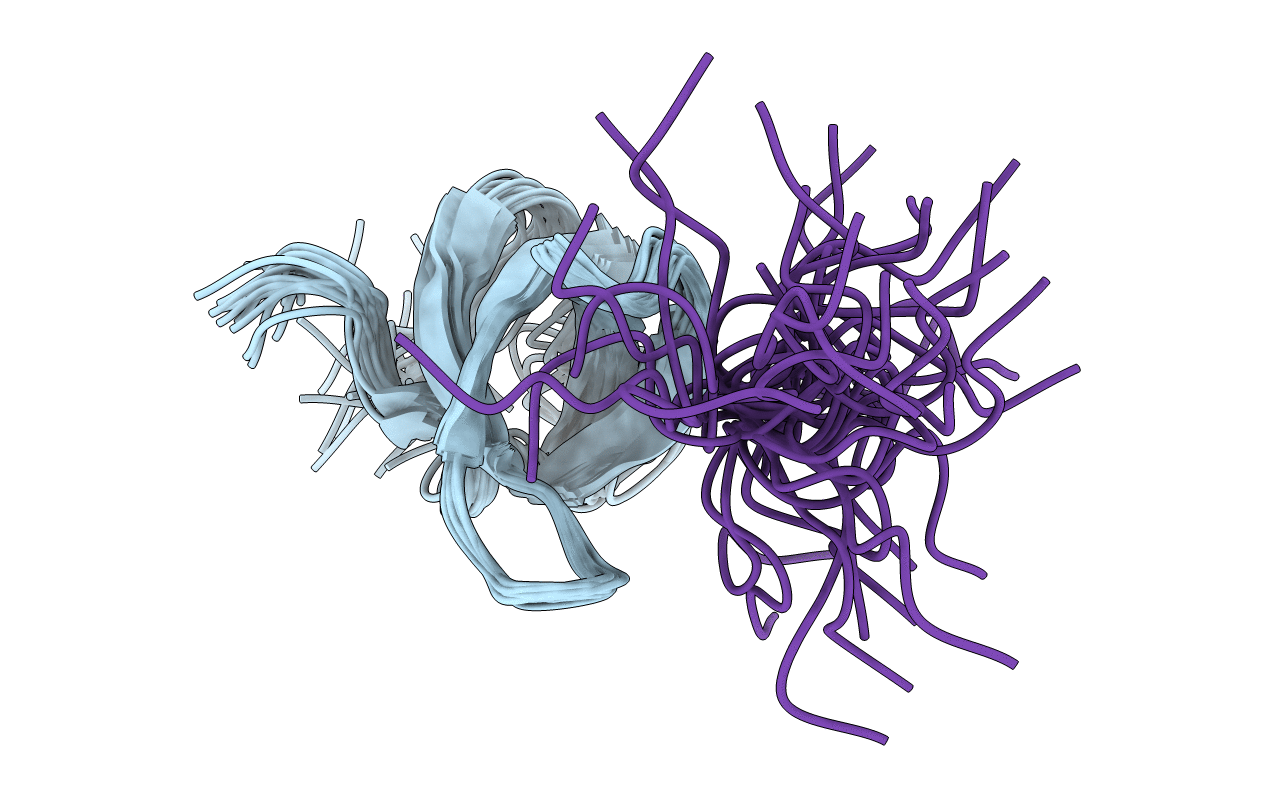
Deposition Date
2012-05-30
Release Date
2013-01-16
Last Version Date
2024-11-20
Method Details:
Experimental Method:
Conformers Calculated:
20
Conformers Submitted:
20
Selection Criteria:
target function


